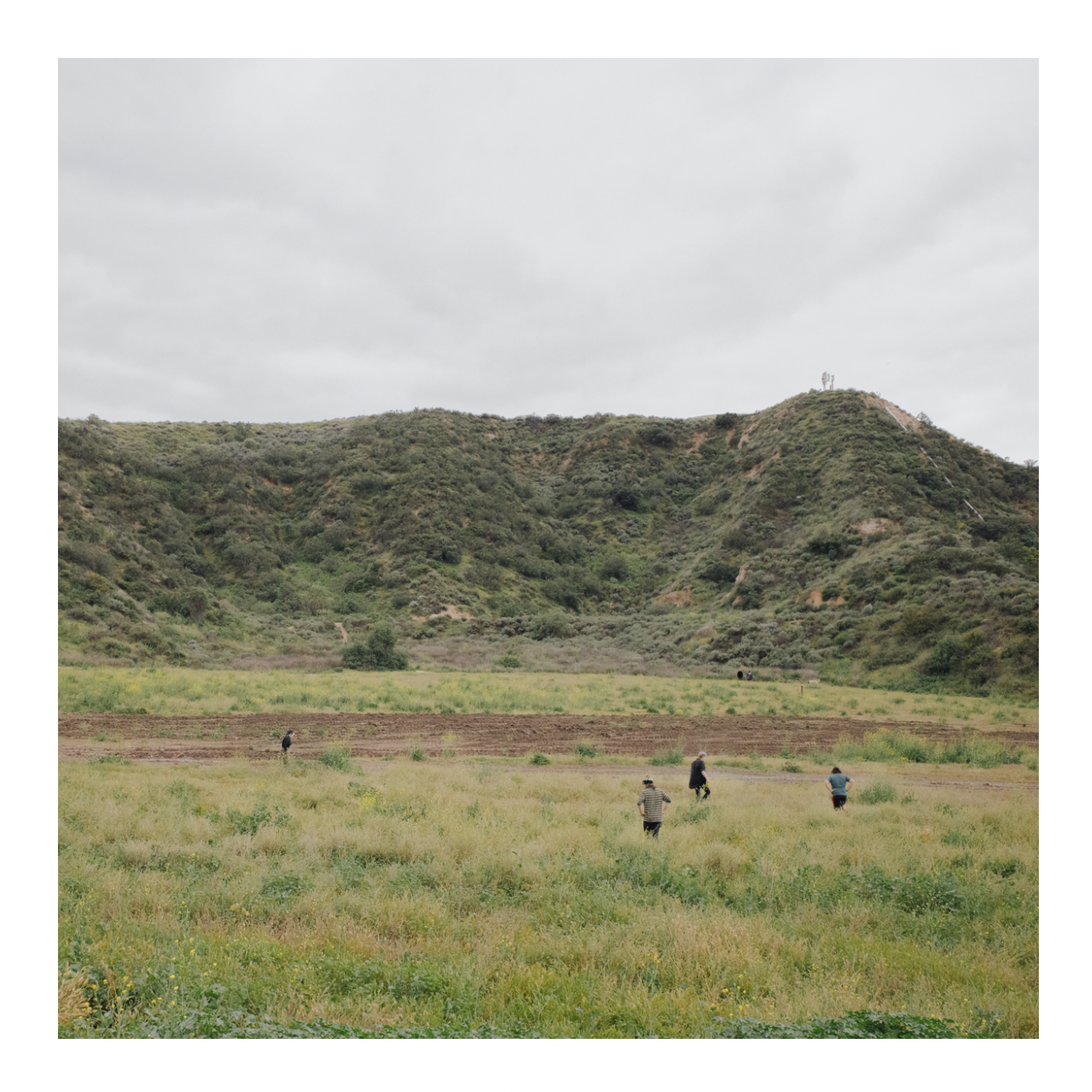
I’ve always been obsessed with images of the moon landing.
Their otherworldly loneliness stands in contrast with what was in fact an unprecedented collaborative effort: the Apollo Space Program.
Earthshine juxtaposes public-domain images of NASA’s 1969 Apollo 11 Moon Landing with my original images created in 2020.
Their otherworldly loneliness stands in contrast with what was in fact an unprecedented collaborative effort: the Apollo Space Program.
Earthshine juxtaposes public-domain images of NASA’s 1969 Apollo 11 Moon Landing with my original images created in 2020.

The first successful moon mission was also the first singular event to be witnessed globally. This makes it a sort of origin myth: a turning point that marked the beginning of a new way of seeing the world and our place in it.
My 2020 images were made in the midst of a second global turning point: the COVID-19 pandemic.
My 2020 images were made in the midst of a second global turning point: the COVID-19 pandemic.

Astronauts’ snapshots of one another, landscapes, technology, celestial objects — were all memorialized by what is essentially the same small handheld box I use to make my photographs.
Instead of documenting a triumphant eight-day journey to another world, I recorded months of monotony from my daily life.
Do the Apollo 11 photographs, all of which are historic thanks to their context, have artistic merit?
Do my photographs, taken in another extraordinary time, have historic merit?
Instead of documenting a triumphant eight-day journey to another world, I recorded months of monotony from my daily life.
Do the Apollo 11 photographs, all of which are historic thanks to their context, have artistic merit?
Do my photographs, taken in another extraordinary time, have historic merit?

Both sets of images have the idea of distance at their core — while paradoxically also containing the notion of global unity.
Both make me think about the nature of photographs and why we make them.
Both make me think about what it feels like to be lonely.
Both make me think about the nature of photographs and why we make them.
Both make me think about what it feels like to be lonely.


“Your key to immortality is in the quality of the photographs and nothing else.”
Richard Underwood,
chief of NASA photography,
speaking to astronauts
Richard Underwood,
chief of NASA photography,
speaking to astronauts
